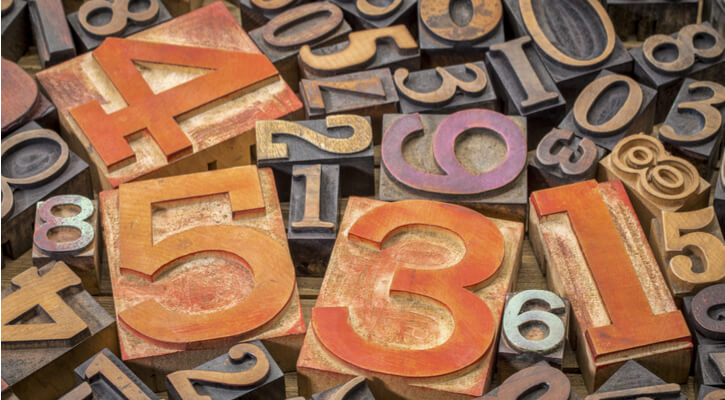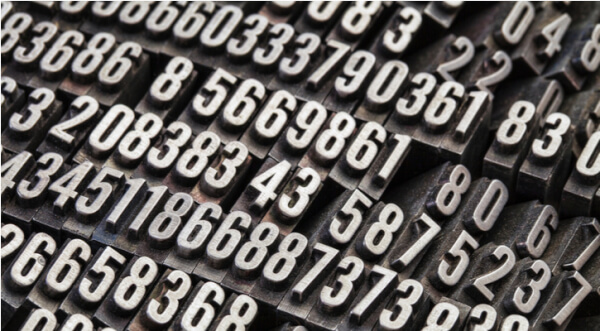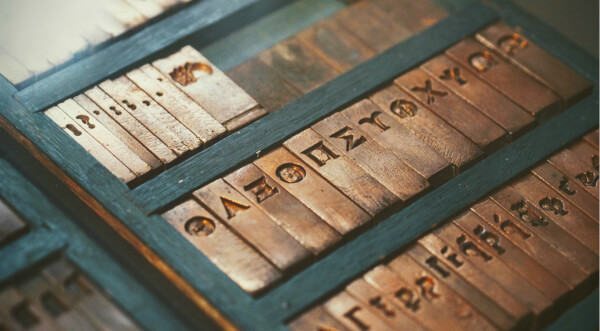How do I transfer money from my U.S. bank account? (Full guide)
If you want to transfer money to your US bank account, but not sure how, you've come to the right place. In this guide, we'll show you the answer.

Moving to Peru, or already there? You’ll need to brush up on how residency and citizenship works for foreign nationals living in the country. It centers around two key documents, so here’s a guide to how the DNI and CE cards work in Peru.
A DNI number is a unique identity number for all Peruvian citizens. Foreign residents in Peru don’t have one - but you still need to know a little about this widely used form of ID.
(Source 5 February 2018)
It stands for Documento Nacional de Identidad - National Identity Document. The DNI number is printed, along with other key personal details, on a card.
A DNI card is for Peruvians, but a Carnet de Extranjería is for foreign residents in the country. Which one you need therefore depends on your immigration status.
Only Peruvian citizens can get a DNI card.
To get a DNI card, the most important thing you’ll need to do is apply and be approved for Peruvian citizenship. The Peruvian government website has details on how to do this, including the criteria you need to meet. You’ll need to have been living legally in the country for several years, paying taxes, be able to speak Spanish, and so on.
Once you’re a Peruvian citizen, you can sort out your DNI card via a governmental RENIEC office near you.
You’ll need a number of official documents, including:
You’ll also need to have a receipt to prove you’ve made the necessary payment, provide a photo for ID, and possibly a few extra documents - check the RENIC site for further info.
Unless you’re a Peruvian citizen, nothing at all - you’re not meant to have one in the first place. If you’re a citizen and you don’t have a card, however, you’ll quite quickly find yourself inconvenienced, because the DNI card tends to be used to confirm various transactions - see below.
Firstly, it confirms your identity as a Peruvian citizen. Secondly, it’s also often used when you make large purchases or buy transportation tickets. So if you’re a citizen, the DNI card is something you should get hold of straight away.
(Source 5 February 2018)
You’re eligible for a CE if you’re a resident in Peru - if you’re only there as a tourist, it’s not for you. If you’re working in Peru or married to a Peruvian, you should be eligible.
The process for getting a CE is known to be quite time-consuming and unpredictable. Here’s an overview, although your own process might not be exactly the same.
(Source 1, Source 2, Source 3, 5 February 2018)
A range of documents are needed including your passport, receipts from the payments that you’ve made and will make throughout the process, certifications confirming that you’ve passed through previous stages in the application process, and various completed forms.
You’ll be in contact with officials at most stages of the process, so always be sure to check exactly which documents are required of you, before passing onto the next stage.
Without a CE, you’ll struggle to do a lot of important things including opening a bank account and getting a credit card.
Further down the line, you won’t be eligible for citizenship without a CE.
It’s effectively a resident’s version of the DNI, so you need one for much the same reasons. And you’ll be able to properly manage your finances in Peru.
Perhaps less excitingly, a CE also enables you - or rather obliges you - to pay yearly fees: one is to renew your CE, and the other is essentially a foreigner’s tax.
(Source 5 February 2018)
Sending money to Peru? The long wait involved in getting hold of a Carnet de Extranjería means that you might face some major financial obstacles at the start of your time in Peru. You might be reliant on transferring money into the country from outside on a regular basis.
If so - or even if you only need to make occasional transfers - it will pay to think carefully about how you get your money into the country. Whenever you transfer your money internationally through a bank, it gets converted into the new currency at an exchange rate that the banks can set themselves - meaning that you lose out on the real mid-market rate that you’ll find on Google. And of course, banks generally charge hefty fixed fees as well, so that you end up with far less money than you started with.
Wise can make a real difference. All its conversions use the mid-market rate - the only fair one - and there’s only one simple fee that’s stated upfront. So an online transfer with Wise generally works out a lot better for the customer than a transfer with a bank.
Take a look at the difference between international bank transfers and Wise now, and see if it could save you money.
Good luck getting your documents and immigration status sorted in Peru. It can be a complex, time-consuming process - but don’t let the banks make it any harder than it has to be.
*Please see terms of use and product availability for your region or visit Wise fees and pricing for the most up to date pricing and fee information.
This publication is provided for general information purposes and does not constitute legal, tax or other professional advice from Wise Payments Limited or its subsidiaries and its affiliates, and it is not intended as a substitute for obtaining advice from a financial advisor or any other professional.
We make no representations, warranties or guarantees, whether expressed or implied, that the content in the publication is accurate, complete or up to date.

If you want to transfer money to your US bank account, but not sure how, you've come to the right place. In this guide, we'll show you the answer.

What are BSB numbers in banking & how do they work? Do you want to find out more about BSB codes? Read more here.

Your full guide to US banking expressions, from ABA to wire.

Your full guide to what is SWIFT and its meaning in banking.

Sending money abroad should be easy, but there might be some terms you aren't familiar with. So, we'll show you the difference between IBAN vs SWIFT codes.

IOF is a tax on various types of financial transactions in Brazil — including foreign exchange, investments, and credit. It’s levied at a range of rates...